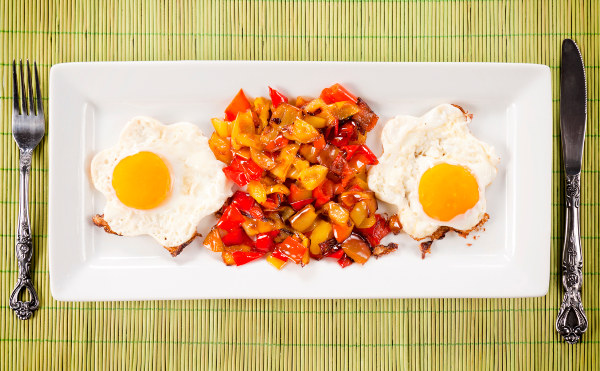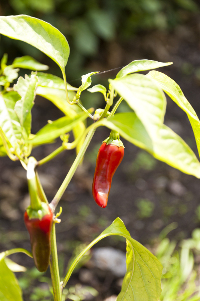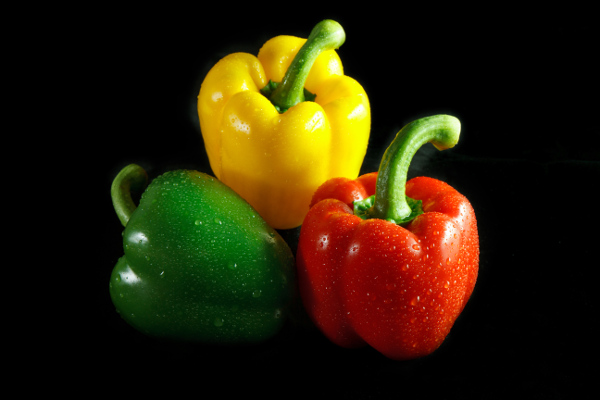Peppers For Peter Piper: Healthy and Hearty
Whether you like them sweet, hot or a bit of both, peppers are a great option for your garden. You can stuff them, make them into soup, add them to a stir fry, or mix them with your tomatoes and onions for salsa and break out the nachos! The culinary possibilities are almost endless.

Tasty and Nutritious!
Peppers contain capsaicin. Research shows capsaicin can have positive effects on not only preventing cholesterol buildup, but also helping to promote weight loss. They also contain Vitamin C, which helps with preventing everything from the sniffles to arthritis. They may also help reduce the risk of breast cancer, as well as heart disease and stroke. Who knew peppers were so powerful?
 Pepper plants are best grown in the warm season, so even though you’re probably eager to get them in your garden, wait until the ground has a chance to warm up, and stay warm. Plant your seeds or seedlings about 18 to 24 inches apart, unless you have paired plants – in that case, don’t break up the pair; they’ll actually grow well together.
Pepper plants are best grown in the warm season, so even though you’re probably eager to get them in your garden, wait until the ground has a chance to warm up, and stay warm. Plant your seeds or seedlings about 18 to 24 inches apart, unless you have paired plants – in that case, don’t break up the pair; they’ll actually grow well together.
For Best Chance at Success, Black Garden Soil.
Like a lot of veggies, peppers need soil that is well draining but also maintains proper moisture. We recommend that you use BigYellowBag Black Garden Soil. It offers a mixture of black loam, peat loam, compost and manure. Loam is a soil type comprised of sand, silt and clay in just the right ratios to allow for drainage while also maintaining the ideal amount of moisture for plant growth. Our soil is also packed with essential nutrients and organic matter.
You don’t want to flood your peppers, but you also need to make sure that they don’t dry out, either; keep an eye on them, and while they will generally only need to be watered once a week, if it’s really dry in your area, they might need more. If you’re looking for an easier way to water, check out our article on helpful Garden Hacks!
Your peppers might need a little extra support as they’re growing; you can use stakes or cages.
How Do I Harvest Peppers?
So when is it time to harvest? Wait until your peppers reach the desired size. How about if your bell peppers look green, but you wanted red? Just wait a little longer – they’re actually the same thing, only red bell peppers were allowed to mature for a longer time (this also makes them taste sweeter).

When you’re harvesting, use a sharp knife or scissors for a clean cut on the pepper’s stem; this will cause less damage.
Finally, if you’ve decided to grow some hot peppers, we strongly recommend you wear gloves and protective eyewear when you’re cutting them up, and wash your hands thoroughly when you’re done – you don’t want to accidentally get it into your eyes (they call it pepper spray for a reason…).


